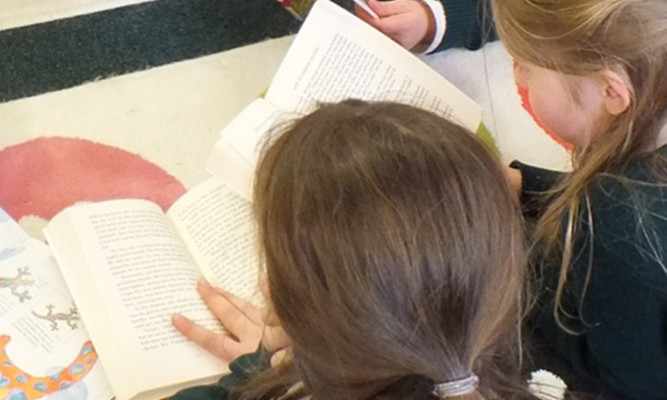Teachers have blamed George Osborne’s austerity agenda for a fall in literacy levels in Scotland’s schools.
Larry Flanagan, the general secretary of the EIS teaching union, said criticism of schools in the wake of figures showing a decline in standards in reading and writing had felt like a “low blow” for teachers.
The Scottish Survey of Literacy 2014 found overall pupils’ performance in reading and writing in both primary and secondary schools had dropped from the level achieved two years before.
While Mr Flanagan said that was “disappointing” he insisted that the system in schools is “performing well” in the wake of the Curriculum for Excellence (CfE) reforms.
He said: “When you look at those areas where there has been a drop from two years ago, the survey actually highlights that this is mainly due to weaker performance from children who come from the poorest social economic background – that group of children whose families have suffered most from George Osborne’s benefit cuts and from the austerity which has seen an exponential rise in the use of food banks.”
“In other words it tells you that austerity has its victims – poverty limits life chances. That’s not an excuse, it’s an explanation. Schools will continue to tackle the impact of poverty but the real way to address the issue is to tackle the poverty at source.”
Education Secretary Angela Constance has stressed it should “never be acceptable for poverty to be an excuse for failure” in Scotland’s schools.
But Mr Flanagan hit back and said: “It has become commonplace to hear politicians and journalists talking about standards dropping, in a lazy ill-informed manner which does a disservice to the hard work and success of our schools and our pupils.
“Some of the comments made recently have felt like a punch to the solar plexus, a low blow, for teachers who have worked flat out to deliver CfE in the most difficult of circumstances.”
Mr Flanagan continued: “Some more considered analysis would be useful. There was a headline drop in the figures, true, which is always disappointing and it was seized upon by the ‘glass half empty’ brigade to say that all is doomed.
“In fact circa 80% of pupils are performing well or better at p4 and p7, in the basic skill of reading nearly 90% of p7 pupils are performing well or very well. That’s a good news story. What is forgotten is that within CfE the levels are progressive not summative and that 80% is actually a very high benchmark that tells you our system is performing well.”
He added: “In secondaries, the headline figure also dropped. Is it a coincidence that over the same two year period that secondary teachers have worked until they almost dropped to deliver the new National qualifications against a timetable which was too short and where the SQA (Scottish Qualifications Authority) failed to provide the support which schools deserved?”
